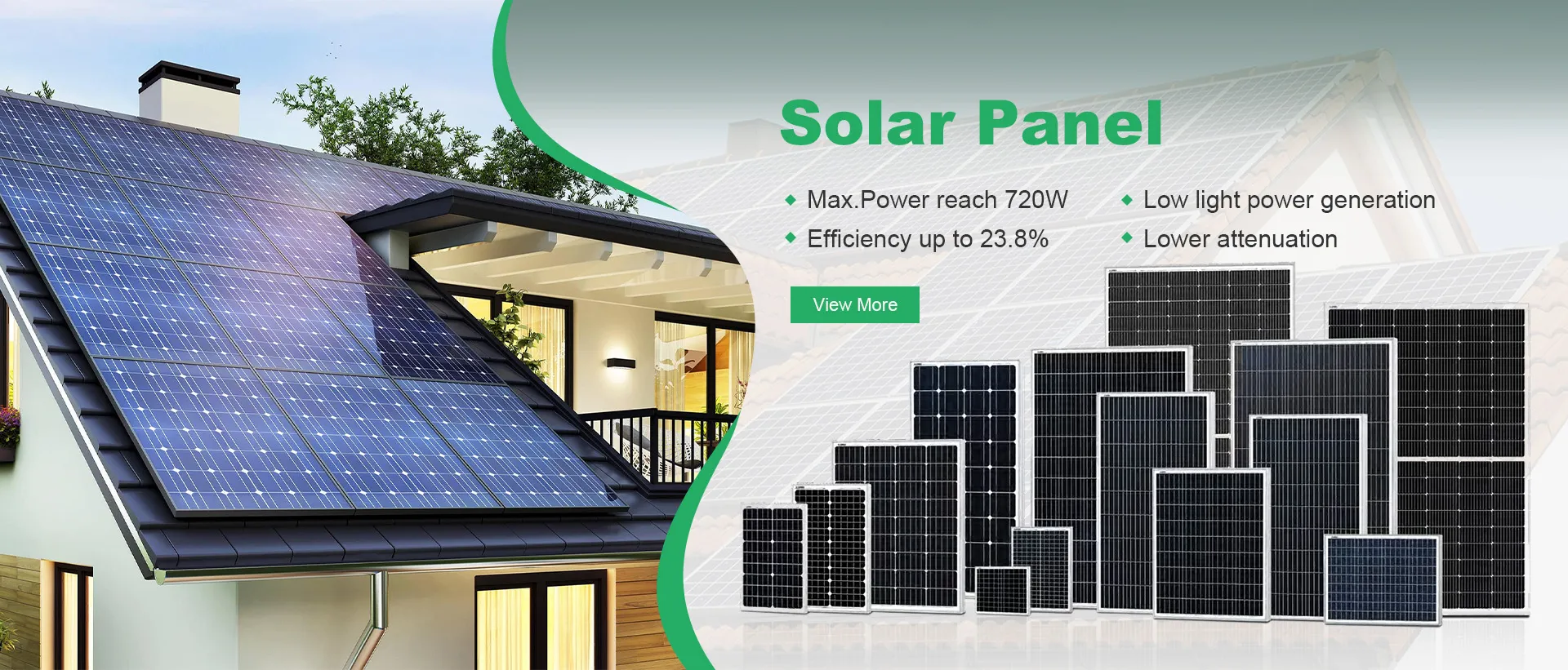grid tied solar system
Understanding Grid-Tied Solar Systems A Sustainable Energy Solution
In recent years, the demand for renewable energy sources has significantly increased, with solar energy taking the lead. Among various solar energy systems, grid-tied solar systems have become particularly popular due to their efficiency, cost-effectiveness, and ability to integrate with the existing power grid. This article aims to shed light on grid-tied solar systems, their benefits, components, and considerations for homeowners and businesses looking to make a transition to solar energy.
What is a Grid-Tied Solar System?
A grid-tied solar system, also known as a grid-connected solar system, is designed to work in conjunction with the local utility grid. This type of solar installation harnesses sunlight through solar panels and converts it into electricity using an inverter. Unlike off-grid systems— which operate independently and rely solely on battery storage—grid-tied systems allow homeowners to use solar energy while remaining connected to the utility grid.
When sunlight is abundant and solar panels generate more electricity than is needed, the excess power is fed back into the grid. In many regions, utilities offer a system called net metering, which allows homeowners to receive credits for the surplus energy they supply. This not only maximizes the economic benefits of solar energy but also contributes to a more sustainable energy ecosystem.
Key Components of a Grid-Tied Solar System
A typical grid-tied solar system consists of several key components
1. Solar Panels These are the primary component responsible for converting sunlight into electricity. They can be mounted on rooftops or installed as ground arrays.
2. Inverter This device converts the direct current (DC) electricity generated by the solar panels into alternating current (AC) electricity, which is used by most household appliances and is compatible with the utility grid.
3. Utility Meter An essential part of a grid-tied system, the utility meter tracks the amount of energy consumed from the grid and the amount of energy fed back into it from the solar system.
4. Mounting System This provides the necessary support for solar panels, ensuring they are securely positioned for optimal sunlight exposure.
5. Wiring and Electrical Components These are necessary for connecting various parts of the system and ensuring safe and efficient energy transfer.
grid tied solar system

Benefits of Grid-Tied Solar Systems
Grid-tied solar systems offer numerous advantages
1. Cost Savings By utilizing solar energy, homeowners can significantly reduce their electricity bills. Net metering can further enhance savings by providing credits for excess energy produced.
2. Environmental Impact Solar energy is renewable and clean, which means it contributes to decreased greenhouse gas emissions. By utilizing solar power, individuals can play an active role in combating climate change.
3. Simplicity and Reliability Since grid-tied systems do not require batteries for energy storage, they tend to have lower upfront costs and maintenance requirements. Homeowners benefit from a reliable power source, as they can draw from the grid when solar production is low (e.g., at night or during cloudy weather).
4. Incentives and Rebates Many jurisdictions offer financial incentives, rebates, or tax credits for solar installations, making it more affordable for homeowners to invest in renewable energy.
Considerations Before Installation
While grid-tied solar systems offer many benefits, there are some factors to consider
1. Location and Sun Exposure The effectiveness of a solar system largely depends on the amount of sunlight available in a specific region. Areas with frequent cloud cover or shading may see reduced energy production.
2. Energy Needs Homeowners should assess their energy consumption patterns to determine the appropriate size and capacity of the solar system needed to meet their demands.
3. Local Regulations Variations in local policies, incentives, and building codes can impact the installation and financial viability of solar projects.
In conclusion, grid-tied solar systems represent a viable and sustainable energy solution for homeowners and businesses alike. With the dual benefits of cost savings and environmental impact, transitioning to solar energy not only paves the way for a greener future but also empowers individuals to take control of their energy usage. As technology and policies continue to evolve, the adoption of grid-tied solar systems is likely to grow, making renewable energy more accessible to everyone.
-
String Solar Inverter: The High-Efficiency Solution for Smart Solar EnergyNewsJul.14,2025
-
Revolutionizing Rooftop Energy with the Power of the Micro Solar InverterNewsJul.14,2025
-
Power Independence with Smart Off Grid Solar Inverter SolutionsNewsJul.14,2025
-
On Grid Solar Inverter: Powering the Future with Smart Grid IntegrationNewsJul.14,2025
-
Monocrystalline Solar Panels: High-Efficiency Power for the Future of Clean EnergyNewsJul.14,2025
-
Bifacial Solar Panel: A Smarter Investment for Next-Generation Energy SystemsNewsJul.14,2025







